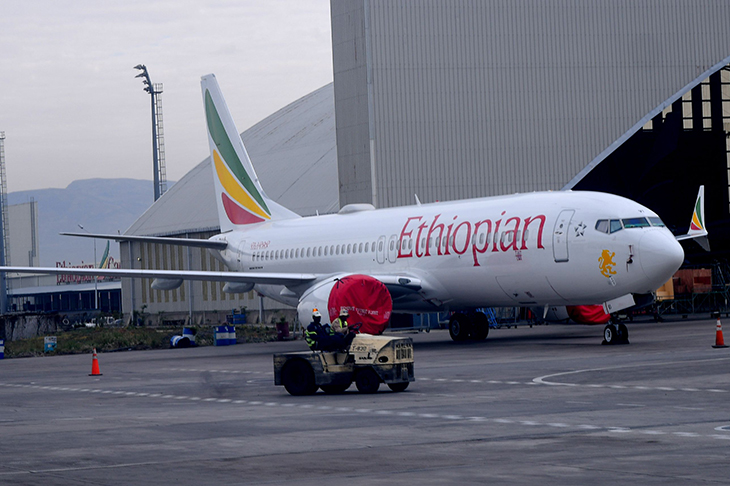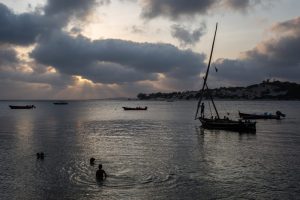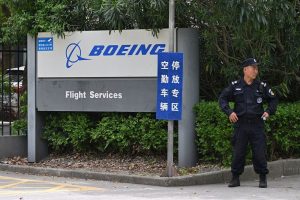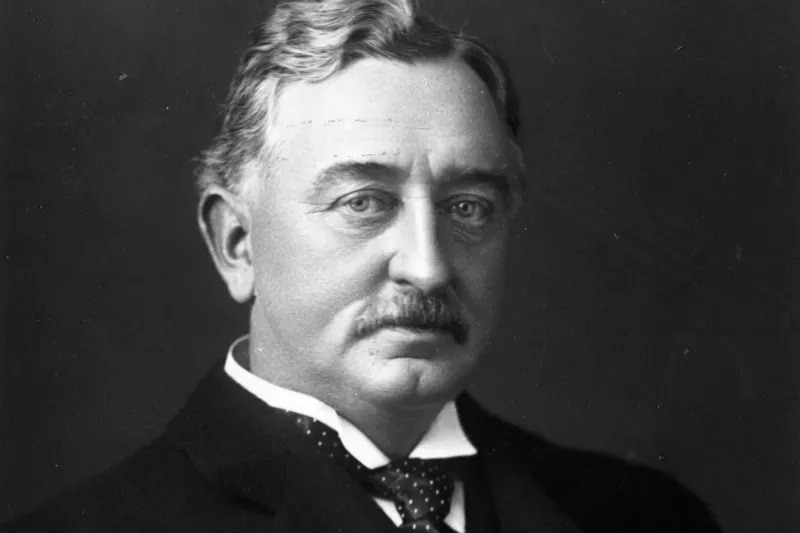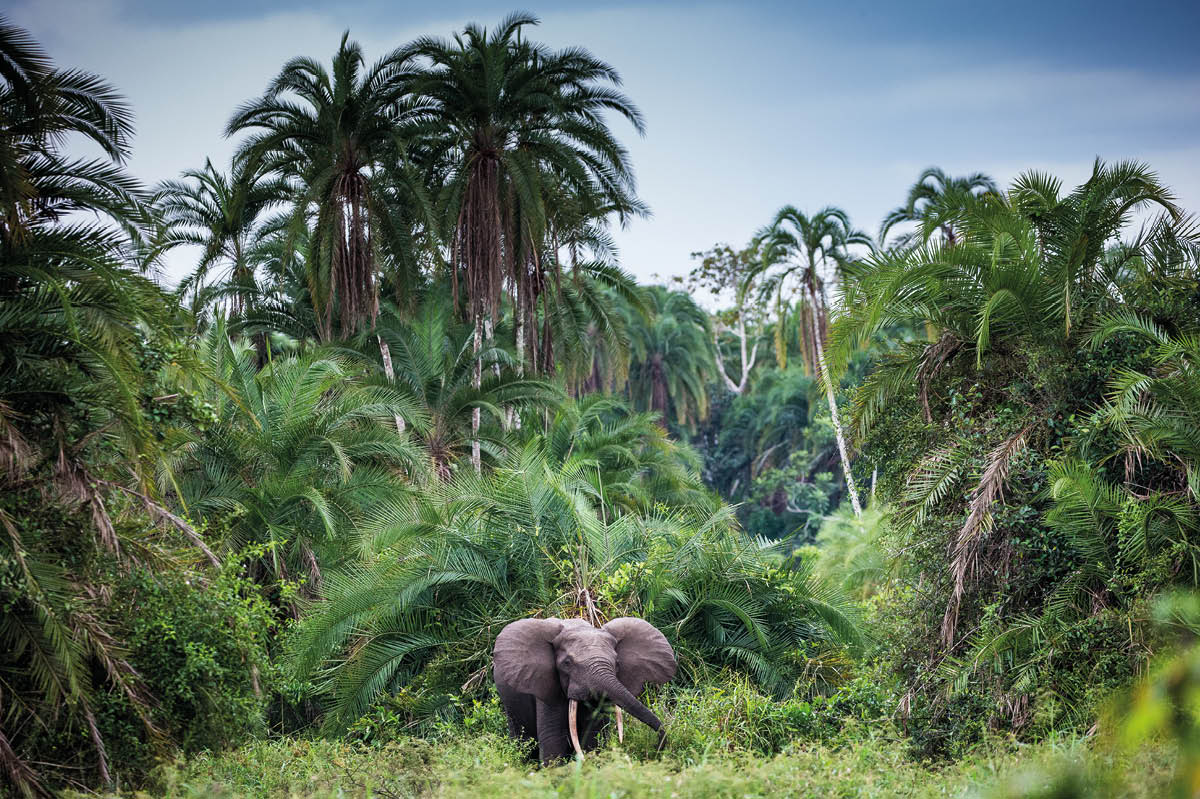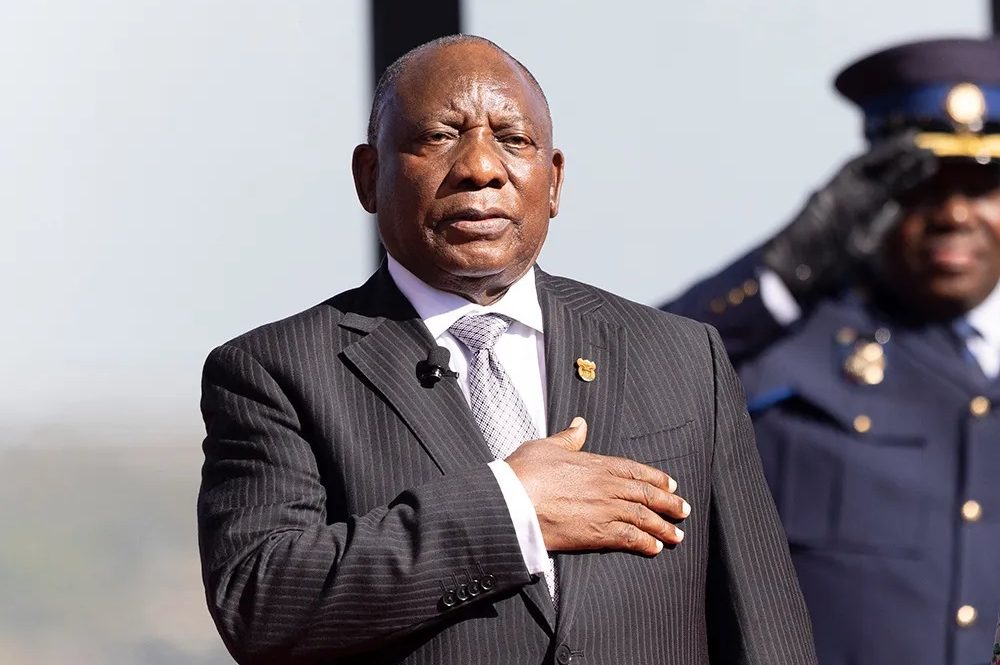Addis Ababa airport
This morning I caught a connecting flight via Addis Ababa’s Bole airport. For me this place has always been like a magical wardrobe, leading me towards different adventures across Africa. Today Ethiopia is the world’s fastest-growing economy and Bole is a continental crossroads, teeming with religious pilgrims, wandering tourists, African traders and sunburned Chinese workers. When I pass through the airport I always look for the wreckage of a Boeing 707 jet I know so well. It still sits there, shoved off to the side of the tarmac apron, scarred by time and caked with dust.
On July 11, 1989 I was on that aircraft with a few other correspondents. We had been on a grueling assignment to cover a military coup d’état in Khartoum. As we waited for the flight home to Nairobi, a blasting haboob sandstorm swept in and turned the Sudanese skies a Martian red. No aircraft could land while the harmattan raged and bad-tempered soldiers refused to allow us out of the airport because the new junta had imposed a general curfew. Khartoum’s haboobs were famously treacherous, confusing one pilot so thoroughly he landed his jetliner on the River Nile, three miles short of the runway. Stranded in the sweltering terminal, we slumped about for 18 hours with nothing to keep us going except tepid mango juice swimming with fat black flies.
At last the heavens began to clear. Our plane arrived and we took off en route to Nairobi via Ethiopia. In Addis the flight was delayed on the runway for a further six hours and the communists in power at the time would not let us disembark. A group of men hammered at something beneath one of the Pratt & Whitney engines. Finally we took off again but failed to gain height. Bole is at about 7,600 feet altitude and so the climb always seems a little harder than usual, but I realized things were going wrong when we banked sharply to starboard and the wing was so close to the ground it looked like it might rip off the top of some grass thatched huts below us. Several very bumpy minutes later we hit the runway about halfway down at full speed. The tarmac ran out and we felt the jet skitter down a steeply sloping hillside, swerving from left to right. All the lights went out and oxygen masks fell from the ceiling. I looked out of the window to see the port wing snap off, come towards us and bounce off the top of the roof. A ball of orange flame exploded out of the wing as the fuel ignited, enveloping the exterior of the plane. A man next to me started shouting, ‘It is burning! We are burning!’
Suddenly we came to an abrupt halt. The passengers were all completely silent — no screaming or sobbing — but the engines were still roaring away outside and when somebody opened a door the cabin filled with black smoke and aviation gas fumes. The engines then went quiet. My mother, always a source of curiously useful advice, once told me to run in the opposite direction of panicking crowds in a burning cinema. Most of the other passengers fell towards the front of the aircraft and threw themselves out of the open doors. None of the escape chutes were inflating and it was like jumping from a third-floor window. Using the seats like a ladder, I climbed up to the rear with Eric, an American correspondent friend. We muscled the catatonic flight attendant out of the way and wrestled the door open. Fortunately, this escape chute did inflate. Eric tossed the flight attendant out first and then we slid down one after the other towards safety as white retardant foam from several fire engines sprayed through the sky above us, smothering the fuselage. I looked around and saw passengers were running away from the wreckage.
Miraculously nobody died that day — a very different story from the tragic Boeing 737 crash in Addis last year — though a blind man forced to fling himself out of an open door broke his leg badly. At the top of the hill an airport bus drove up to collect us and when we climbed aboard the first thing I did was light a cigarette. A woman started shouting at me to ‘put the fire out’. I realized it would be insensitive to smoke, so I stubbed it out. Whenever I look at that derelict Boeing I imagine there’s a little bit of my youthful self still stuck in the wreckage but I am also quite happy to see it again.
This article was originally published in The Spectator’s UK magazine. Subscribe to the US edition here.



